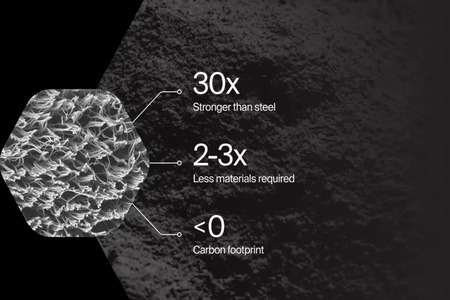
Digital printing to mark revival of local textile industry
YarnsandFibers News Bureau 2017-08-18 15:00:00 – Cape TownDigital textile printing has already helped revive Europe’s textile industry. A large fashion brands, such as Zara, use digital textile printing to design, print and roll out new styles and fashion to their stores quickly, in an environmentally sustainable manner. This allows them to stay on-trend without incurring the significant costs and potential wastage of doing large-volume print runs in China.
Craig Whyte, CEO of digital printing specialists ArtLab, a digital printing specialist has invested close to R10-million in new printing equipment over the past few years to bring digital textile printing to South Africa. The arrival of digital textile printing in Cape Town can help revive the local clothing and textile manufacturing industry and salvage some of the job opportunities lost to China.
They call it reshoring - bringing back some of the manufacturing jobs, which were a staple of Cape Town’s business landscape, from Chinese factories. By offering higher quality, rapid customisation and a broad range of natural and synthetic materials; digital textile printing is also a cost-effective option for brands and retailers, many of whom have trialled the tech over the past year and are now putting in increasingly large orders.
According to the latest research, the global textile market is expected to reach more than $1.2-trillion by 2025. Analysts estimate that the global digital textile printing sector will grow by 25% per annum over the coming years, with half of that growth centred in Africa, Latin America and the Middle East.
Despite coming off a low base of 2% of the total textile market, digital textile printing is set to disrupt the traditional textile industry drastically.
For the industry to move from survival into a more consistent growth phase, it needs a shot in the arm. They believe digital textile printing is just that.
The effect of the offshoring of Cape Town’s textile and clothing manufacturing industry can clearly be seen in local neighbourhoods. Over the past 15 years, factories shut doors and witnessed the effect of these closures on the communities. Digital textile printing marks a revival of industries related to clothing, upholstery, soft furnishings, and more.
The new technology gives old artisans and small businesses a cost-effective way to revive their craft and improve their livelihoods.
Environmental impact has long been a concern in the traditional textile manufacturing industry. In India, water pollution from the run-off from fabric dying factories forced the closure of 30,000 family-owned farms in Tirupur, placing the livelihoods of tens of thousands of people at peril. Digital textile printing has none of the environmental issues associated with traditional pigment dyes, and uses a range of latest-generation technology to ensure minimal ecological impact.
The key stakeholders in the local textile industry are invited to trial the new technology and witness for themselves the quality of digital printing on a range of natural and synthetic fabrics. Print runs can start from as low as 1 metre, there’s no barrier to entry for new and existing clothing and textile manufacturers to see how it can speed up their production, unlock new business opportunities and spark a revival of a once-proud local industry.
The secret to reviving the local textile industry lies in a combination of cutting edge technology and close collaboration between the various
Market Intelligence
Ask for free sample Report

experience
Customer Base
dedicated team
Countries Served Worldwide









